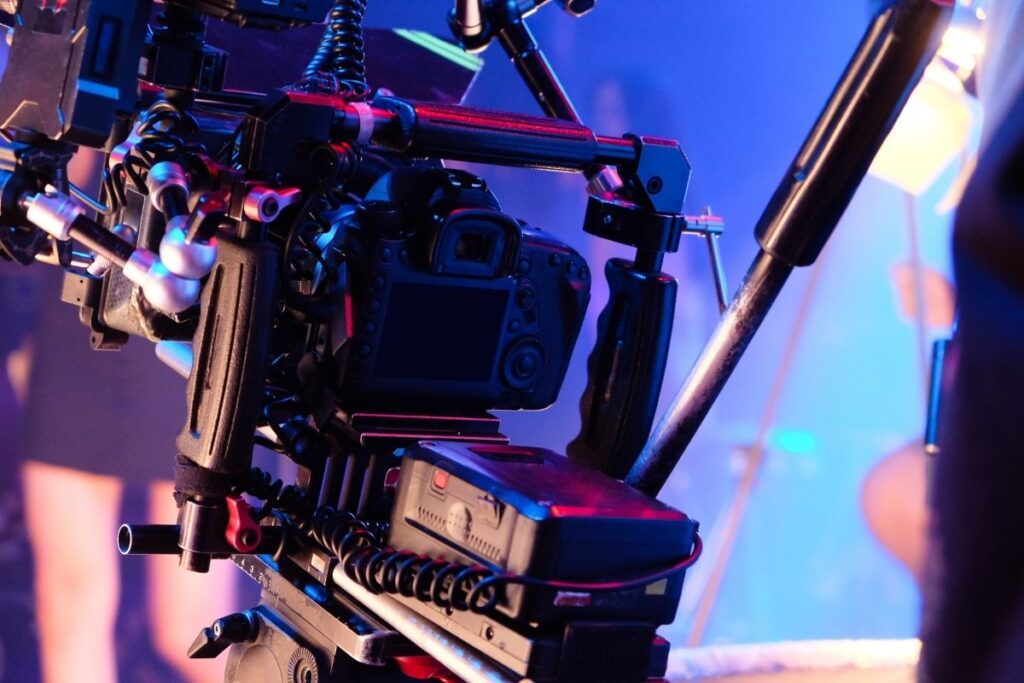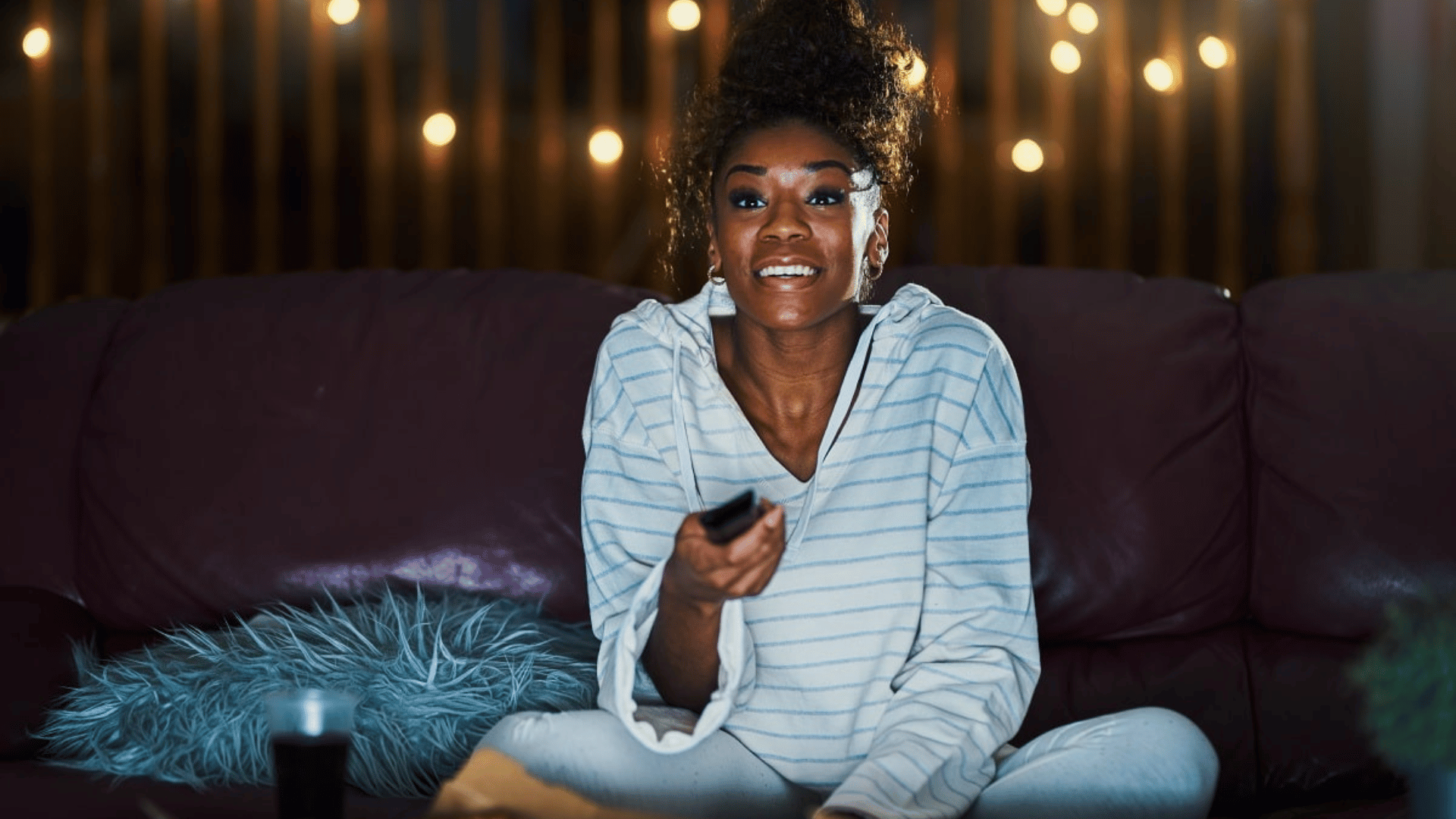“How do you communicate to people? How do you put that in celluloid? How do you do it? It must have style, unity, just something about it. You’ve got to wave away what’s not useful to that theme you’re focused on,” says Ang Lee.
“People look at film not like real life, but an escape from life. They go to that abstract world, where you can have a heart-to-heart with each other.”
I think filmmaking without heartfelt style and language skills—that’s pretty vain to me. I think you should have something to say, because you feel you have a need to express something.
“You don’t know why. But that’s the most precious thing,” Lee continues.
“Without communication, I cannot explain to my crew or the investors, test screen audiences, even friends and family. People will say, ‘I don’t get this. I don’t get that.’ So, you have to talk. And while you’re talking, you lose that artificiality. You must.”
“And somehow it all becomes a common thing. You just secretly hope to keep as much as yourself in there as possible. That’s my experience,” says Lee.
How Lee’s shot choices convey mood
“Then you have the key shots. Sometimes I can visualize a shot or scene, very vividly in my dream, or in my daydream. Or when I see something, I must have that shot, no matter what. So, from there, you just fill in the gaps,” explains Lee.
“Most of the shots in the movie, there are actors talking. I just find the best way to portray them. If it’s emotional, if it’s warm, usually, I place the camera a little lower. If the camera’s high, it looks more like they’re thinking. Shot that’s more face on, that’s more direct. And of course, more sideways, it’s more objective.”
Many times, I would like to take the audience out of the movie, and have them just think about it, instead of just engage in the storytelling, the emotional ride. I want them to think about it. So, at these times I’ll do a high angle also.
“You mentioned big establishing shot. That’s when it’s not emotional. Then, I want to reset before I get engaged into the next paragraph or statement or what have you. But sometimes, I think it’s good to have an audience think about it objectively and engage subjectively, emotionally. I like to combine both,” Lee ends.
###

Mastering the Art of Backline Tech: Tips & Tricks for Technicians
Explore the exciting role of a backline technician, gain insights into essential skills, career growth opportunities, and steps to achieve success in the live music industry.



